Learn, Unlearn, Relearn: Essential for Teacher Professional Development
What is Learn, Unlearn, Relearn?
Learn, Unlearn, Relearn is a critical process for teacher professional development that allows teachers to stay up-to-date on the latest research and best practices, and to adapt their teaching to the changing needs of their students.
Why is it important for teachers to engage in Learn, Unlearn, Relearn?
The education field is constantly evolving, and new research and best practices are emerging all the time. To stay ahead of the curve and provide the best possible education for their students, teachers need to be engaged in Learn, Unlearn, Relearn. Why is it important for teachers to engage in Learn, Unlearn, Relearn, especially within the context of corporate training for teachers?
One of the key benefits of Learn, Unlearn, Relearn for teachers is that it can help them to improve student outcomes. When teachers use the most effective teaching methods, their students are more likely to succeed. For example, if a teacher learns about a new research-based teaching strategy, such as adaptive teaching, and implements that strategy in their classroom, their classroom will become more inclusive and all students, including those with SEN, are more likely to learn and make progress.
Benefits of The Learn, Unlearn, Relearn Approach to Teacher Development
Here are some of the benefits of Learn, Unlearn, Relearn for teachers:
- Increased knowledge and skills: Learn, Unlearn, Relearn helps teachers to stay up-to-date on the latest research and best practices in education. This allows them to use the most effective teaching methods and to meet the needs of all learners.
- Improved teaching practice: By unlearning outdated or ineffective practices and relearning existing practices in light of new research, teachers can improve their teaching practice. This can lead to better student outcomes.
- Increased teacher satisfaction: Learn, Unlearn, Relearn can help teachers to feel more confident and competent in their teaching. This can lead to increased job satisfaction.
How can teachers engage in Learn, Unlearn, Relearn?
There are many ways that teachers can engage in Learn, Unlearn, Relearn. Here are a few examples:
- Attend professional development courses and workshops
- Read current research and best practices in education
- Collaborate with other teachers
- Experiment with new teaching methods
- Reflect on their own teaching practice
It is important to note that Learn, Unlearn, Relearn is not a one-time event. It is a continuous process that teachers should engage in throughout their careers. By doing so, they can ensure that they are providing the best possible education for their students.
Learn
The first step in Learn, Unlearn, Relearn is to learn new things. There are many ways that teachers can do this, including:
- Formal professional development courses and workshops: Many schools and academy trusts offer professional development courses and workshops on a variety of topics, such as how to use technology in the classroom, how to teach to diverse learners, and how to assess student learning effectively. These courses and workshops can provide teachers with the opportunity to learn new skills and strategies from experts in the field.
- Conferences and workshops: There are also many conferences and workshops held throughout the year that are focused on teacher professional development. These events can provide teachers with the opportunity to learn from other teachers, network with experts in the field, and explore new products and resources.
- Self-study: Teachers can also learn new things on their own by reading books and articles, watching online videos, and listening to podcasts. There are many resources available on a variety of topics related to education.
- Collaboration with other teachers: Teachers can also learn from each other by collaborating on projects, sharing ideas, and observing each other’s teaching. This can be a great way to learn new strategies and to get feedback on your own teaching.
Here are some examples of new things that teachers can learn:
- How to use technology in the classroom: Technology can be a powerful tool for teaching and learning. Teachers can learn how to use technology to create engaging learning experiences for their students, to differentiate instruction, and to assess student learning.
- How to teach to diverse learners: All students learn differently. Teachers can learn how to teach to diverse learners by understanding different learning approaches and by developing strategies to meet the needs of all learners.
- How to create a positive classroom environment: A positive classroom environment is essential for learning. Teachers can learn how to create a positive classroom environment by building relationships with their students, establishing clear expectations, and creating a supportive and inclusive learning community.
- How to assess student learning effectively: Assessment is an important part of the teaching and learning process. Teachers can learn how to assess student learning effectively by using a variety of assessment methods and by providing students with feedback on their learning.
- How to differentiate instruction: Differentiation is the process of tailoring instruction to meet the needs of all learners. Teachers can learn how to differentiate instruction by using a variety of teaching strategies and by providing students with choices about how they learn.
- How to develop effective lesson plans: Effective lesson plans are essential for successful teaching. Teachers can learn how to develop effective lesson plans by using clear learning objectives, engaging activities, and appropriate assessments.
By taking the time to learn new things, teachers can improve their teaching practice and better serve their students.
Unlearn
The second step in Learn, Unlearn, Relearn is to unlearn outdated teaching practices. This can be a challenging process, as teachers may be attached to old ways of doing things or may be afraid of change. Additionally, teachers may not have the support of their colleagues or administrators in unlearning outdated practices.
Here are some of the challenges of unlearning outdated teaching practices:
- Attachment to old ways of doing things: Teachers may be reluctant to unlearn outdated teaching practices because they are comfortable with the old ways or because they have had success with them in the past.
- Fear of change: Change can be scary, and teachers may be afraid of unlearning outdated teaching practices because they are not sure how to do things differently or because they are afraid of failure.
- Lack of support from Leadership: Teachers may not have the support of their colleagues or senior leaders in unlearning outdated practices. This can make it difficult for teachers to make changes, as they may feel isolated or unsupported.
Here are some strategies for identifying and unlearning outdated teaching practices:
- Reflect on your own teaching practice: Take some time to reflect on your own teaching practice and to identify any areas where you could be using more effective teaching methods.
- Get feedback from colleagues and administrators: Ask your colleagues and administrators for feedback on your teaching practice. They may be able to identify areas where you could be using more effective teaching methods.
- Read current research and best practices: Read current research and best practices in education to learn about the most effective teaching methods.
- Experiment with new teaching methods: Experiment with new teaching methods and see what works best for you and your students.
It is important to remember that unlearning outdated teaching practices is a journey, not a destination. Be patient with yourself and don’t be afraid to make mistakes. By taking the time to unlearn outdated practices, you can improve your teaching practice and better serve your students.
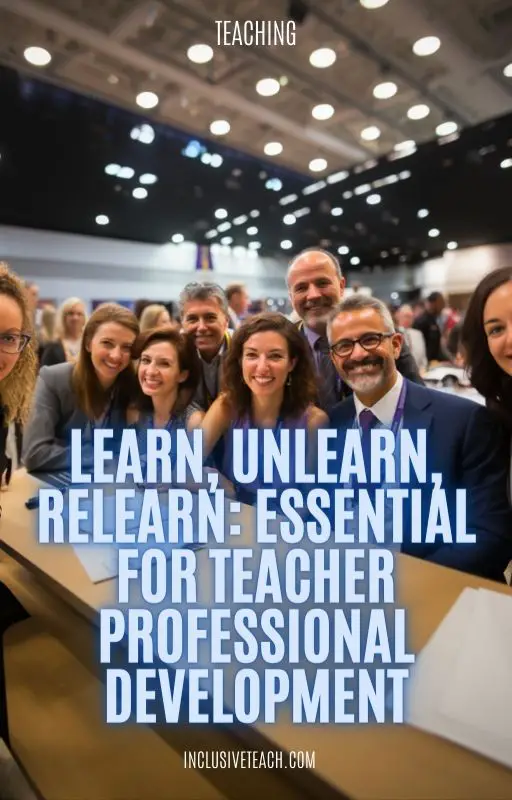
Relearn
The third step in Learn, Unlearn, Relearn is to relearn teaching practices in light of new research and best practices. Education is constantly evolving, and new research and best practices are emerging all the time. Teachers need to be able to adapt their teaching to stay up-to-date and to provide the best possible education for their students.
Here are some of the benefits of relearning teaching practices in light of new research and best practices:
- Improved student outcomes: By using the most effective teaching methods, teachers can improve student outcomes.
- Increased teacher satisfaction: Teachers can feel more confident and competent in their teaching when they are using the most effective teaching methods.
- A more engaging learning experience: Teachers can create more engaging learning experiences for their students by using the latest teaching methods and technologies.
Here are some strategies for relearning teaching practices:
- Attend professional development courses and workshops: Professional development courses and workshops can provide teachers with the opportunity to learn about the latest research and best practices in education.
- Read current research and best practices: Teachers can also relearn teaching practices by reading current research and best practices in education. There are many resources available on a variety of topics related to education.
- Teachers can relearn from each other by observing each other’s teaching, sharing ideas, and giving each other feedback. For example, two teachers could agree to observe each other’s teaching and then meet to discuss what they saw. The teachers could share ideas about how to improve their teaching and give each other feedback.
- Experiment with new teaching methods: Teachers can also relearn teaching practices by experimenting with new teaching methods. It is important to be willing to try new things and to see what works best for you and your students.
Relearning teaching practices is an important part of being a teacher. By staying up-to-date on the latest research and best practices, teachers can ensure that they are providing the best possible education for their students.
In addition to the above, teachers can also relearn teaching practices by:
- Joining online communities and forums where they can connect with other teachers: This can be a great way to learn about new teaching methods, get feedback on your own teaching, and share ideas with other teachers.
- Following experts in the field of education on social media: This can be a great way to stay up-to-date on the latest research and best practices in education.
- Attending conferences and workshops: This can be a great way to learn about new teaching methods, get feedback from experts in the field, and network with other teachers. Just avoid the sales pitches from big corporate conferences like BETT.
By taking the time to relearn teaching practices, teachers can improve their teaching practices and better serve their students.
Summary of key points about Learn, Unlearn, Relearn CPD:
- Learn, Unlearn, Relearn is a critical process for teacher professional development.
- It allows teachers to stay up-to-date on the latest research and best practices, and to adapt their teaching to the changing needs of their students.
- Teachers can engage in Learn, Unlearn, Relearn through a variety of strategies, such as formal professional development courses, conferences and workshops, self-study, and collaboration with other teachers.
I encourage all teachers to engage in Learn, Unlearn, Relearn as a way to improve their professional practice and better serve their students.
The education field is constantly evolving, and new research and best practices are emerging all the time. By engaging in Learn, Unlearn, Relearn, teachers can stay ahead of the curve and provide the best possible education for their students.
Here are some of the specific benefits of Learn, Unlearn, Relearn for teachers:
- Improved student outcomes: By using the most effective teaching methods, teachers can improve student outcomes.
- Increased teacher satisfaction: Teachers can feel more confident and competent in their teaching when they are using the most effective teaching methods.
- A more engaging learning experience: Teachers can create more engaging learning experiences for their students by using the latest teaching methods and technologies.
- A more inclusive classroom: Teachers can learn how to create more inclusive classrooms for all learners by engaging in Learn, Unlearn, Relearn.
- A more culturally responsive classroom: Teachers can learn how to create more culturally responsive classrooms for all learners by engaging in Learn, Unlearn, Relearn.
Learn, Unlearn, Relearn is not just important for teachers, it is essential. In today’s rapidly changing world, teachers need to be able to adapt their teaching to meet the needs of all learners. By engaging in Learn, Unlearn, Relearn, teachers can become more effective teachers and better serve their students.
Resources and Further Reading about Learn, Unlearn, Relearn Approaches
Here is a list of resources where you can go to learn more about Learn, Unlearn, Relearn and to find professional development opportunities:
- Edutopia: Edutopia is a website and magazine that provides resources for K-12 teachers. Edutopia has a section on Learn, Unlearn, Relearn that includes articles, videos, and other resources.
- Learning Forward: Learning Forward is a professional development organization for teachers. Learning Forward offers a variety of professional development opportunities on Learn, Unlearn, Relearn, including online courses, webinars, and in-person workshops.
- ASCD: ASCD is a professional development organization for K-12 educators. ASCD offers a variety of professional development opportunities on Learn, Unlearn, Relearn, including online courses, webinars, and in-person workshops.
- Klein, E. J. (2008). Learning, Unlearning, and Relearning: Lessons from One School’s Approach to Creating and Sustaining Learning Communities on JSTOR. Teacher Education Quarterly, 79. https://doi.org/23479032
- Baliga, G., Case, J., Merkle, W., Stephan, F., & Wiehagen, R. (2008). When unlearning helps. Information and Computation, 206(5), 694-709. https://doi.org/10.1016/j.ic.2007.10.005
I hope this list of resources is helpful. Please let me know if you have any other questions.

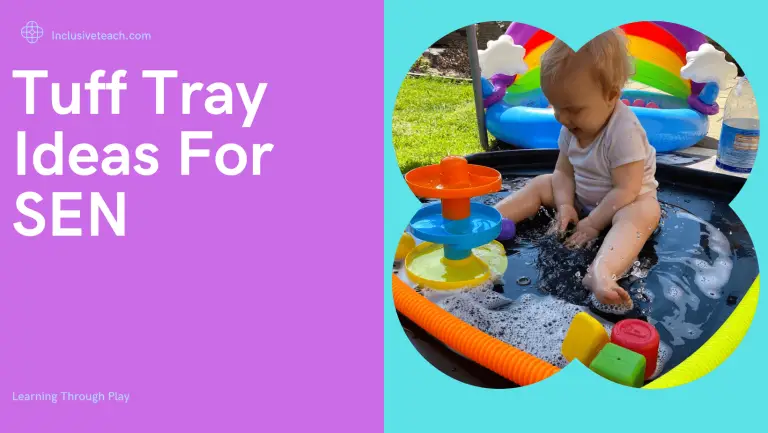
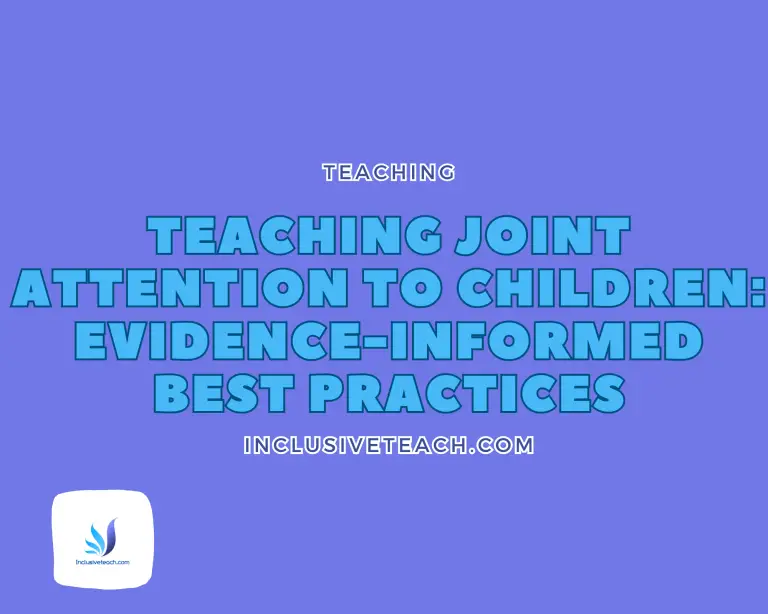
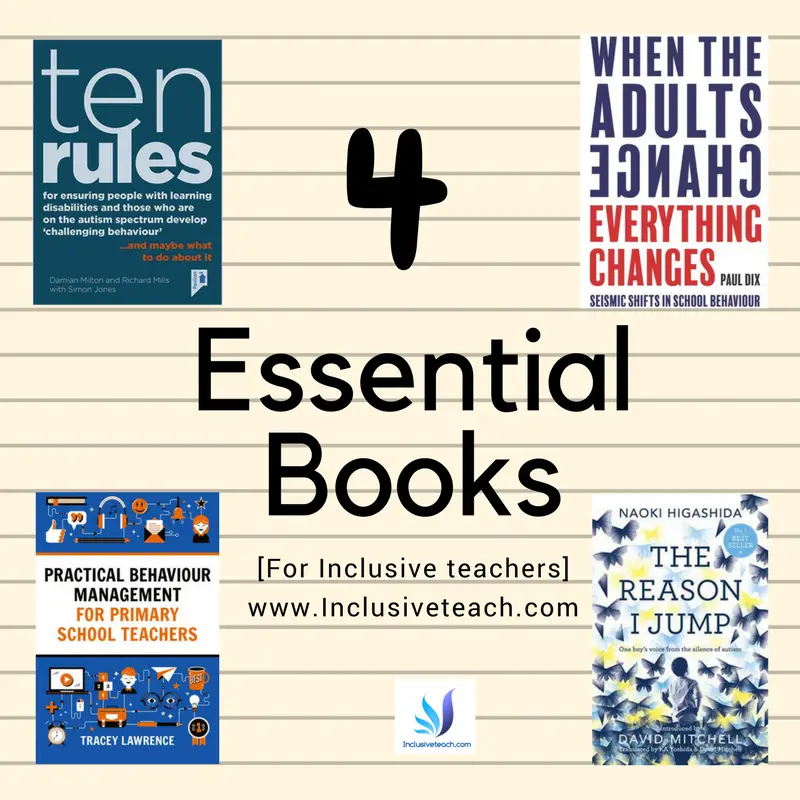
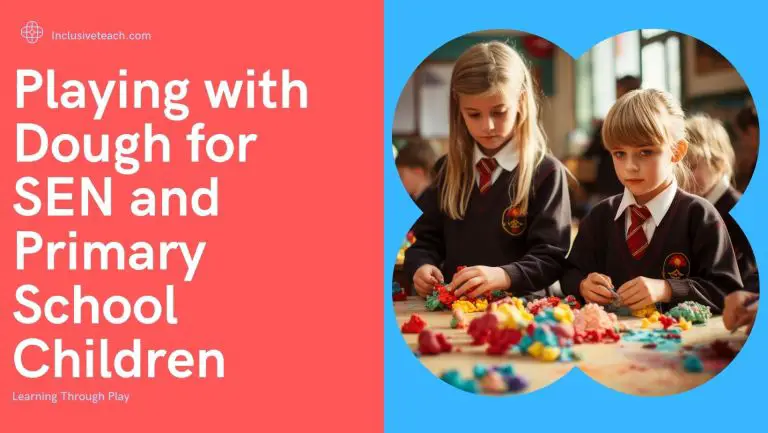
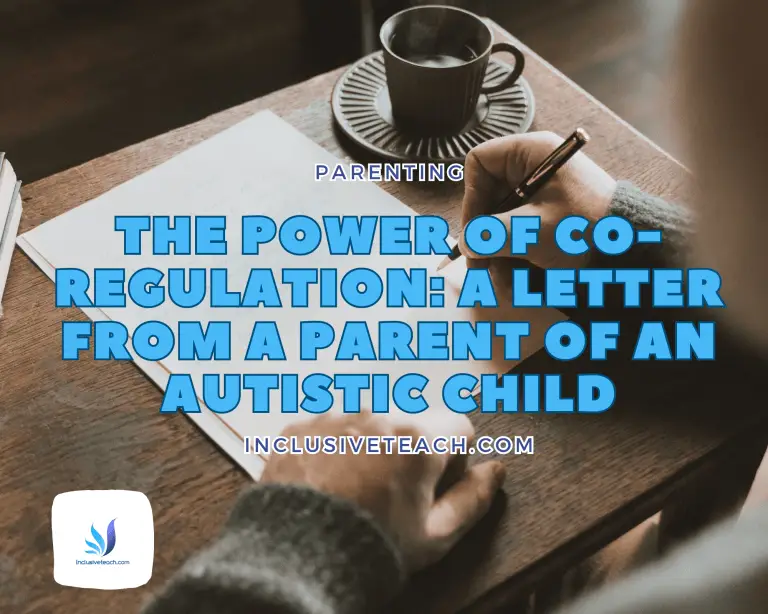
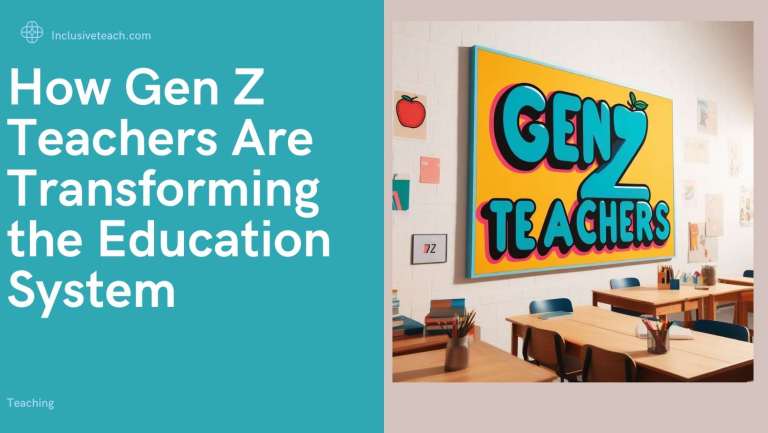
3 Comments